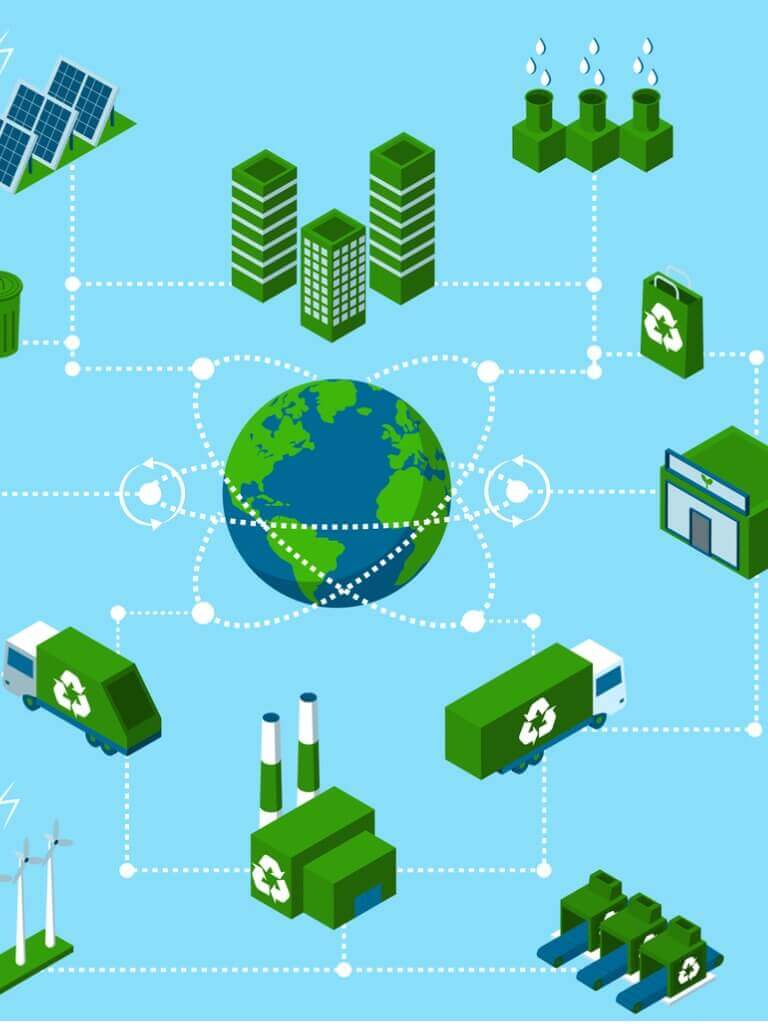Attribute-Based Planning for a Green Supply Chain
Adexa solutions deploy attributes to define the characteristics of machines, processes customers and suppliers, in order to mold the solution to a particular environment. Furthermore, as the supply chain changes and business or business priorities change then attributes are used to adjust to the new conditions. This has been extensively covered in a number of white papers that can be referenced by clicking HERE. In this post, we discuss the use of attributes for a greener supply chain and how they may be deployed to improve on the carbon footprint and use of hazardous materials.
Consider a process or an equipment that has more CO2 emission than other alternatives. The value or relative value of the CO2 emission becomes one of the attributes of that process. On the other hand, the cost might be another attribute of the process in a way that the lower cost process may contribute more to CO2 emission. Attributes, once defined, form dynamic constraints that are used by the system’s search strategy to find the optimal solution. The optimal solution can vary depending on the region, government regulations, carbon use quotas, and even customer. Within the framework of such restrictions as defined for the attributes, the system can recommend the highest use of lower cost process without going over the CO2 emission limits as decided by the company policy. As alternatives, the system may recommend higher cost processes, use of substitute materials or manufacturing in a different region.
Another example is the use of different transportation means in order to deliver gas or oil to different regions in Europe. The choices are by sea or land as well as pipelines. Each has attributes of cost, carbon footprint (depending on the distance traveled) and of course time to destination as well as associated risks. For example, it is imperative that oil gets from A to B if it is to be used for heating in the middle of North European winter. Land delivery has a much higher risk of road closures in certain regions.
As a final example, some customers or retailers may have a preference for sourcing products that are eco-friendlier. This kind of requirement is sent to the suppliers as an attribute that is then built into the BOM of the product. On the manufacturing side, the use of such embedded materials in the product is treated as an attribute of the material as well as the product. This attribute is then taken into account and honored as a constraint when plans are made by the system for making and delivery into those customers.
As it can be seen, attributes can be used in order to define local and global constraints on the operations of the entire supply chain including tariffs, carbon usage, supplier types, transportation means and material properties depending on the regions, government/international regulations, and company policy. For instance, a company can reduce the global value of an attribute (say, CO2 emission) by 10% per year by region and product. The system would then plan the production of the entire supply chain by making sure that the local attributes used in every region do not exceed the maximum defined by the management of the company. We welcome your feedback and sharing innovative uses of attributes in your supply chain planning operations.



